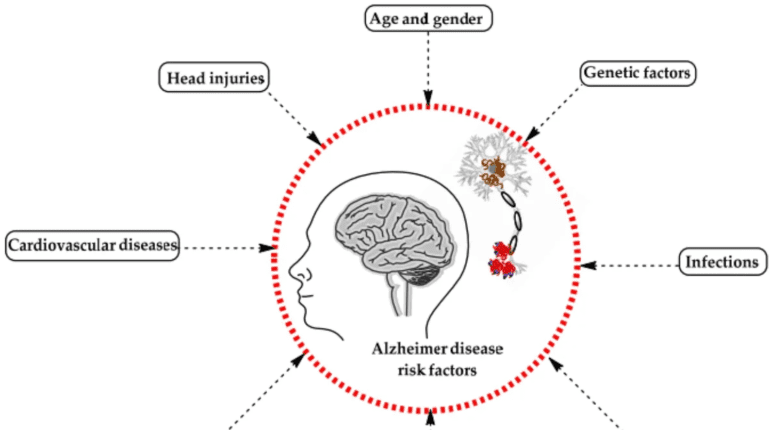TL;DR:
- Oita University and Eisai Co., Ltd. have developed a groundbreaking machine learning model for Alzheimer’s disease detection.
- The model predicts amyloid beta (Aβ) accumulation in the brain, a crucial AD marker, through a wristband sensor that monitors various parameters.
- This innovation offers a non-invasive and accessible alternative to traditional AD detection methods.
- It outperforms expensive and invasive methods like amyloid PET scans, boasting an AUC of 0.79.
- Data from 122 elderly individuals in Usuki City, Oita Prefecture, was used to train the model, incorporating support vector machine, Elastic Net, and logistic regression technologies.
- This model holds promise for early AD detection, particularly in regions with limited access to advanced medical facilities, reducing costs and patient burden.
Main AI News:
In a significant stride towards Alzheimer’s disease (AD) detection, Oita University and Eisai Co., Ltd. have introduced a pioneering machine learning model, marking a pivotal moment in the field of medical research. This groundbreaking innovation is poised to revolutionize the diagnosis of AD by predicting amyloid beta (Aβ) accumulation in the brain – a critical indicator of the disease’s presence. Published in the esteemed pages of the peer-reviewed journal Alzheimer’s Research & Therapy on December 12, 2023, this development ushers in a non-invasive and easily accessible alternative to conventional, laborious AD detection methods.
A Quantum Leap in AD Detection
The newly unveiled machine learning model signifies a monumental leap forward in the domain of AD detection. It offers a far more convenient and accessible alternative to the existing approaches, such as amyloid PET scans and cerebrospinal fluid testing. While these conventional methods are undoubtedly reliable, they come at a steep price, involve invasive procedures, and remain beyond the reach of many. In sharp contrast, the freshly introduced model employs a wristband sensor to track essential physiological and lifestyle parameters, including physical activity, sleep patterns, heart rate, and lifestyle choices. This holistic approach facilitates the prediction of Aβ accumulation with a remarkable level of accuracy, as evidenced by an impressive Area Under the Curve (AUC) score of 0.79 – a clear testament to its robust screening capabilities.
The Model’s Evolution: Methodology and Outcomes
To bring this innovative model to life, the research team harnessed data from 122 elderly individuals residing in Usuki City, Oita Prefecture. Employing a blend of three distinct technologies – a support vector machine, Elastic Net, and logistic regression – they achieved a model that excelled in forecasting Aβ accumulation, promising a brighter future for early AD detection.
A Beacon of Hope for Early Detection and Proactive Measures
Early detection of Alzheimer’s disease has long posed a formidable challenge within the realm of medical science. However, this trailblazing model holds immense promise in addressing this predicament. Its ability to screen potential AD patients, especially in regions where access to advanced medical facilities is restricted, opens doors to improved treatment outcomes, reduces clinical study costs, and, most significantly, alleviates the burden on patients. This innovation is poised to reshape the landscape of AD diagnosis and intervention, offering a glimmer of hope for those affected by this debilitating condition.
Conclusion:
Oita University and Eisai’s revolutionary machine learning model for Alzheimer’s detection promises to disrupt the market by providing an accessible, non-invasive, and cost-effective alternative to traditional methods. This innovation has the potential to improve early detection rates, reduce clinical study costs, and alleviate the burden on patients, reshaping the landscape of AD diagnosis and intervention.

